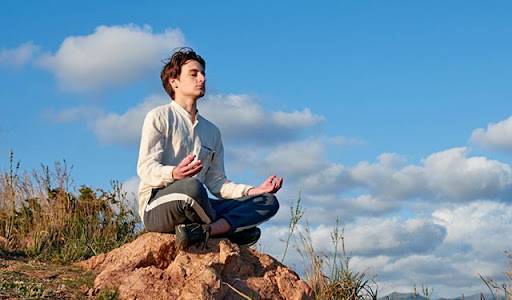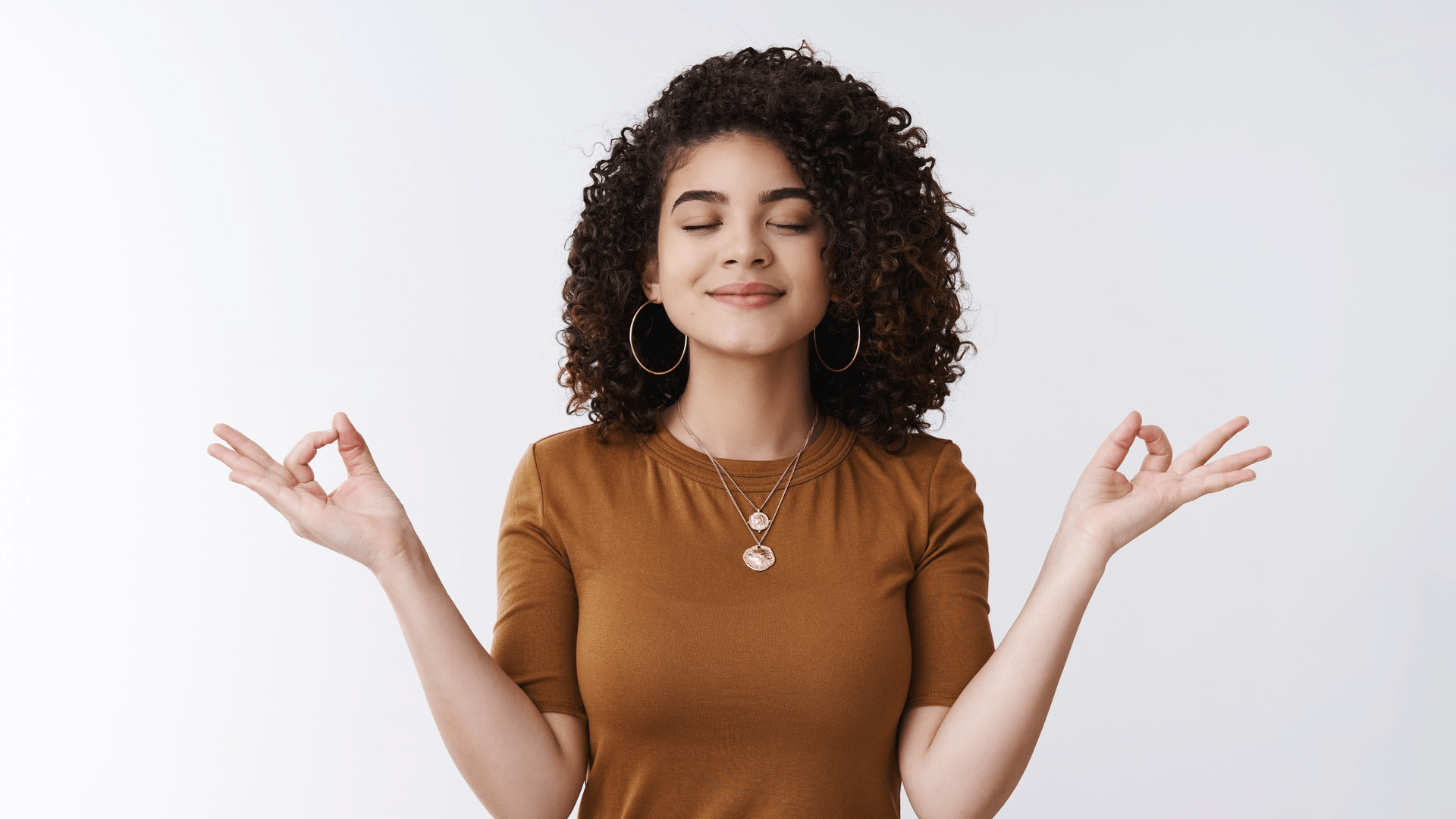https://www.youtube.com/watch?v=EbuaPo_LU7E&t=1s
Introduction
Our body and mind struggle to work in sync in this fast-paced modern life. Moreover, we are not always in our right frame of mind or physically fit and healthy. So, anger, sorrow, restlessness, and many other emotions steer us. We live in a world that forces us to adjust to the environment, even if we don’t want to. Therefore this steering causes us to lose the balance of our emotions. Some of us who cannot manage our anger often burst out in a situation when we feel the slightest form of uneasiness. Sheetali pranayama is a yoga way of removing emotional setbacks and restoring focus. This age-old technique helps us unite the unruly mind and body to achieve inner peace and a calm state of mind. Now let us dive into the details of this topic.
Our Wellness Programs
What Is Pranayama?
India is the birthplace of yoga. ‘Yuj’ or ‘union’ is the root word of yoga. The meaning of yoga is much deeper than just a four-letter representation. Yoga is the pathway to uniting the individual consciousness with the universal consciousness.
Yoga was prevalent even in the prehistoric ages. Many research papers prove that people practised yoga during the Indus valley civilisation.
Pranayama is a breathing technique in yoga. It is proven to benefit the brain and nervous system immensely. Pranayama comes from uniting two words, prana meaning “source of life” and “Yama,” meaning “to gain control.” The Yoga Sutras of Patanjali describe pranayama as the fourth limb of eight limbs. Pranayama is prevalent in ancient texts like Bhagwat Gita, Hatha Yoga, and Buddhism.
Looking for services related to this subject? Get in touch with these experts today!!
Experts

Neelam Parwani

India
Life Coach
Experience: 5 years

Pompi Sharma

India
Life Coach
Experience: 5 years

Deepti Gandhi

India
Life Coach
Experience: 6 years

Zabby Sharma

India
Life Coach
Experience: 11 years

Ritu Singh

India
Life Coach
Experience: 16 years

Sabhyata Bhasin

India
Life Coach
Experience: 5 years
What Is Sheetali Pranayama?
Sheetali means “cooling down” in Sanskrit. Sheetali helps our agitated nerves to cool down or soothe our emotions.
What we should do before getting started:
- Practising pranayama on an empty stomach or 3 to 4 hours after a meal is recommended.
- Don’t drink much water before starting.
- Swallow saliva if you feel dryness in the throat or mouth.
The Science Behind Sheetali Pranayama?
Pranayama is a particular case of yoga where breathing is the main focus. Our nervous system consists of the sympathetic nervous system (S.N.S.) and parasympathetic nervous system (PNS).
Sheetali Pranayama activates the PNS using the controlled breathing technique. When we are too stressed out, Sheetali works its magic.
It brings back the body’s baseline cortisol level, which relieves stress. It also resets our body’s thermal receptors, which are highly agitated during the angry state.
How Does Pranayama Combat Anger?
Pranayama mainly focuses on breathing techniques. These controlled breathing techniques relieve the nerves and relax our brains. It expands the lungs and reduces the blood pressure of the agitated veins.
There are several pranayamas that aid in anger reduction. One of the most revered pranayamas is Sheetali (Taco breathing) which works effectively.
We will now look into how to perform Sheetali Breathing for anger management.
Anger Reduction with Sheetali Breathing
Sheetali means “Cooling down” in Sanskrit. Sheetali helps our agitated nerves to cool down or soothe our emotions.
Before getting started:
- Practising pranayama on an empty stomach or 3 to 4 hours after a meal is recommended.
- Don’t drink much water before starting.
- Swallow saliva if you feel dryness in the throat or mouth.
How To Do Sheetali Pranayama?
- Sit in Lotus (Padda Sana) posture with an erect spine. If you cannot sit in Padda Sana, sit on a chair or bench.
- Place your hands on the knees.
- Close your eyes and roll your tongue sidewise, forming a “U” shape
- Now inhale through the tongue.
- Hold your breath for a few seconds
- Exhale through your nose only.
- Repeat the process for 3 to 21 repetitions.
Therefore people who cannot roll their tongues can perform Sheetkari, the flat-tongued version of Sheetali. In the context of Sheetkari pranayama, please keep the language flat and inhale through it. So this technique is also called the Hissing Technique.
The Benefits of Sheetali Pranayama
- It helps to cool down our bodies. You can feel it when you are inhaling through the tongue.
- Reduces stress and calms down the nerves
- Reduces anger and irritation
- Reduces excess hunger
- Relaxes muscles
- Cures our pitta dosha by helping with the following conditions:
- Acidity
- Liver disorders
- Digestive problems
- Ulcers
- Helps skin condition
- Reduces blood pressure
- Reduces insomnia and induces sleep.
- It improves lung functioning and overall blood flow in the body.
- Some research shows that Sheetali pranayama helps with brain wave emission, relieving our mental tension.
Tips for Practising Sheetali Pranayama
- People with cough and cold must avoid this pranayama, which may aggravate the condition.
- People with heart disease can skip the holding of breath part.
- People with low blood pressure should not do this.
- It is recommended not to practice in heavily polluted areas.
- You must stop if you are dizzy.
To get the best out of Sheetali, one must practice with an experienced yoga instructor. In the beginning, start withholding in tiny breaths at first and then increase without forcing yourself. Forcing the breath can be harmful.
About United We Care
United we Care is a 24 x 7 online mental Health wellness and therapy platform. So we help people to fight their mental and emotional challenges and support them safely, securely, and conveniently from the comfort of their homes.
According to, all the experts guide you to achieve the desired results. So your most difficult emotions live inside the mind. Therefore this emotion leads to mental restlessness, harming the body and soul. Now we are here to listen to your problems. If you ever need to tell us something, contact us.
Our areas of expertise
so we have an array of experts to diagnose mental health problems.
- Anxiety
- Relationship trouble
- O.C.D.
- Bipolar disorder
- Addiction therapy
- Anger management
- Ageing issues
- Online meditation and mindfulness-based therapy
- Depression
- A.D.H.D.
- Panic attacks
- Sleep disorders
- Traumas, P.T.S.D., and many more issues are harder to express to the masses.
For a list of counselling and therapies we offer, click here.
Here is the link to our services.
Reach out to us on our social media handles on Facebook, LinkedIn, Twitter, and Instagram.
| [1] | J. Thanalakshmi, K. Maheshkumar, R. Kannan, L. Sundareswaran, V. Venugopal, and S. Poonguzhali, “Effect of Sheetali pranayama on cardiac autonomic function among patients with primary hypertension,” Complement. Ther. Clin. Pract., vol. 39, no. 101138, p. 101138, 2020. |
| [2] | T. Jagadeesan, A. K. Choudhary, S. Loganathan, K. Rajendran, A. R. Allu, and M. Kuppusamy, “Yoga practice (Sheetali Pranayama) on cognition in patients with hypertension,” Integr. Med. Res., vol. 10, no. 3, p. 100716, 2021. |
| [3] | Cloudfront.net. [Online]. Available: https://d1wqtxts1xzle7.cloudfront.net/. [Accessed: 27-Aug-2022]. |
















